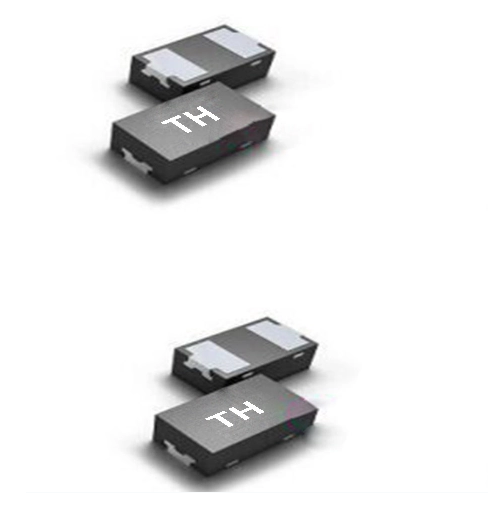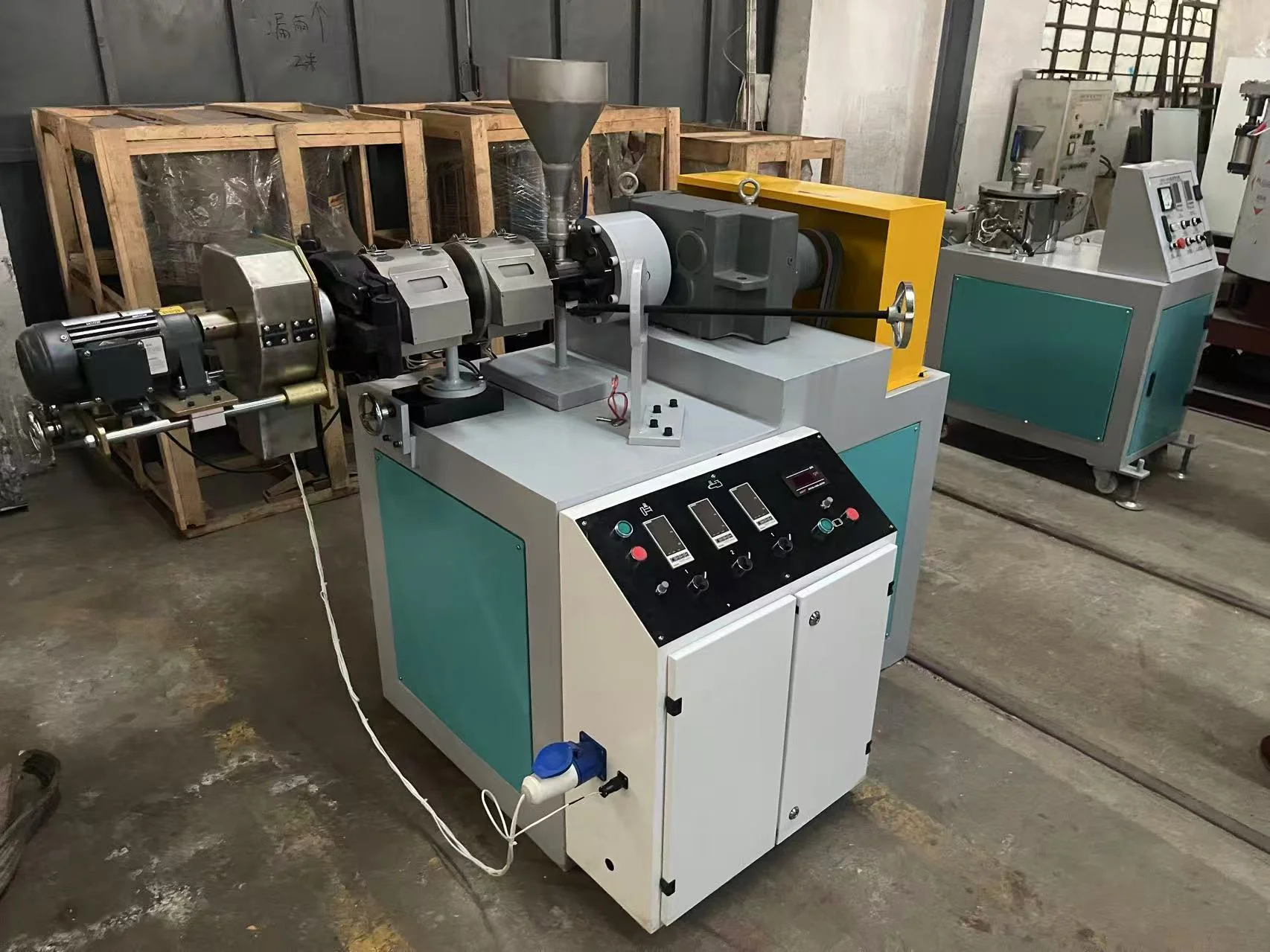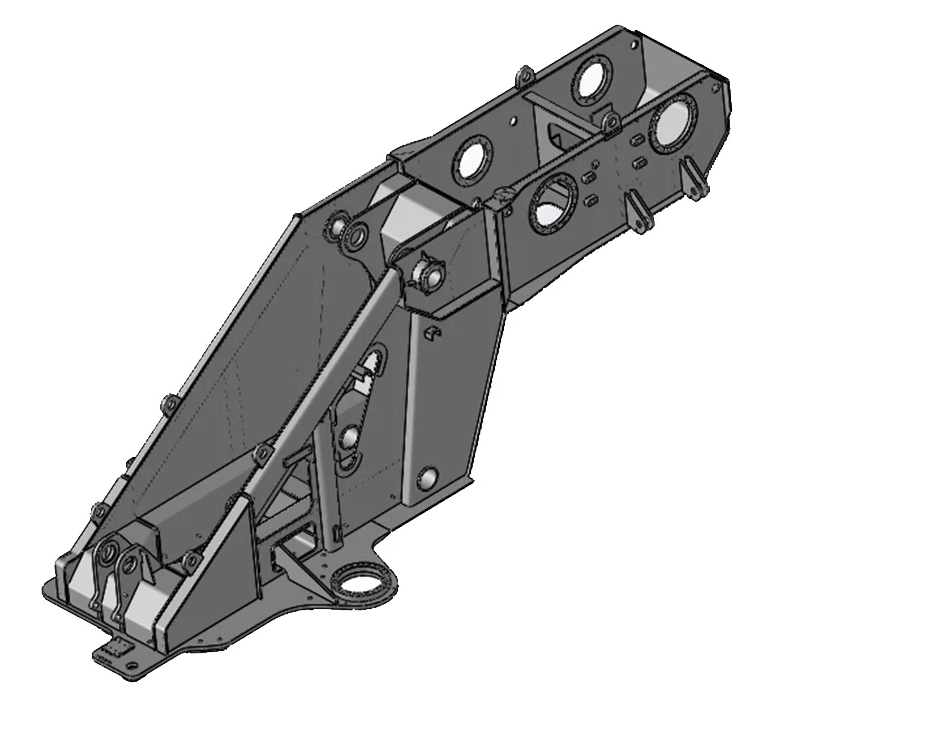When it comes to home improvement or DIY projects, adhesive residues can be a common nuisance. Whether it’s leftover tape, stickers, or labels, removing these adhesives without damaging the underlying paint can be a daunting task. In this guide, we will explore effective techniques and products that can help you safely remove adhesive while preserving the integrity of your paint finish.
Understanding Adhesives and Their Impact on Paint
Before diving into removal techniques, it’s essential to understand the types of adhesives you might encounter. Adhesives can be classified into several categories:
- Pressure-Sensitive Adhesives (PSAs): Commonly found in tape and labels, PSAs bond to surfaces through pressure without the need for heat or solvents.
- Hot Melt Adhesives: Often used in crafts and packaging, these adhesives are applied in a molten state and solidify upon cooling.
- Water-Soluble Adhesives: Typically used in paper products, these adhesives dissolve in water, making them easier to remove.
Each type of adhesive interacts differently with paint, and understanding these interactions is crucial for effective removal.
Step-by-Step Guide to Removing Adhesive Without Damaging Paint
Step 1: Gather Your Tools and Materials
Before you begin, gather the following tools and materials:
- Plastic scraper or credit card
- Soft cloths or paper towels
- Adhesive remover (preferably a solvent-free option)
- Rubbing alcohol or vinegar
- Warm, soapy water
- Hairdryer (optional)
Step 2: Test a Small Area
Before applying any adhesive removal method, it’s vital to test it on a small, inconspicuous area of the painted surface. This will help you gauge the reaction of the paint to the solvent or method you intend to use.
Step 3: Softening the Adhesive
For most adhesives, the first step is to soften them. Here are a few methods:
- Heat Application: Use a hairdryer on a low setting to gently warm the adhesive. The heat will soften the adhesive, making it easier to scrape off. Keep the dryer moving to avoid overheating the paint.
- Soapy Water: Mix warm water with a few drops of dish soap. Dampen a cloth with the solution and place it over the adhesive for several minutes. This can help break down the adhesive’s bond.
Step 4: Scraping the Adhesive
Once the adhesive is softened, use a plastic scraper or the edge of a credit card to gently lift the adhesive from the surface. Always scrape in the direction of the paint grain to minimize the risk of scratching.
Step 5: Using Solvents
If the adhesive remains stubborn, you may need to resort to solvents. Here are some options:
- Rubbing Alcohol: Dampen a soft cloth with rubbing alcohol and gently rub the adhesive. Alcohol is effective for many types of adhesives and evaporates quickly, reducing the risk of damage to the paint.
- Vinegar: For a more natural approach, white vinegar can be used. Apply it to a cloth and let it sit on the adhesive for a few minutes before scraping.
- Commercial Adhesive Removers: If you opt for a commercial product, choose one that is labeled as safe for painted surfaces. Always follow the manufacturer’s instructions and perform a patch test first.
Step 6: Cleaning the Area
After successfully removing the adhesive, clean the area with warm, soapy water to remove any residue from the solvents or adhesive remover. Rinse with clean water and dry with a soft cloth.
Preventing Future Adhesive Residues
To avoid the hassle of adhesive removal in the future, consider these preventive measures:
- Choose the Right Adhesive: When using tape or labels, opt for those specifically designed for easy removal.
- Limit Adhesive Use: Use alternatives like magnets or removable hooks when possible to minimize adhesive contact with painted surfaces.
- Regular Maintenance: Periodically check for any adhesive residues and address them promptly to prevent buildup.
Conclusion
Removing adhesive without damaging paint is a skill that can save you time, effort, and money in the long run. By understanding the types of adhesives, employing the right techniques, and using safe solvents, you can effectively tackle this common issue. Remember to always test your methods on a small area first and take preventive measures to keep your painted surfaces looking pristine. With these strategies in your toolkit, you’ll be well-equipped to handle any adhesive challenges that come your way.



